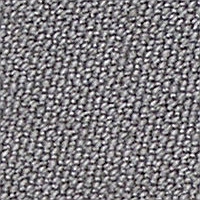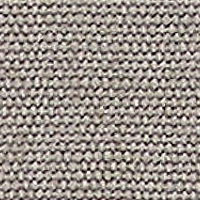U.S. Army Men's Jackets
M-1943 Field Jacket



Specification PQD 370E Dated 13 January 1945
Stock No. 55-J-190 - 55-J-192-98
| ORGANIZATION, UNITS, SPECIALISTS, & STATUSES | ZONE OF INTERIOR |
|
||||||||||||||||||||||||
|
||||||||||||||||||||||||||
(hover for expanded view)
The M-1943 Field Jacket went through a few minor changes after being standardized on 12 August 1943. Post standardization developments included the addition of handy instruction labeling to assist the wearer in the proper use of the jacket. Specification 370E, the final variant in the M-1943 series, was introduced with just such an updated label. Success of the M-1943 Field Jacket was dependent on its features being properly understood and the jacket being correctly utilized as a wind and water resistant shell in the layering scheme. In the spring of 1944 field jackets (Specification 370D, dated 23 February 1944) were produced with a two inch oversized cut, identified as "Pattern B", that enabled fitting over the Olive Drab Pile Field Jacket for cold climate conditions. At this time an instruction label was introduced, affixed to the inside nape of the neck, that explained how the jacket was to be fitted and how to properly utilize its features to regulate body temperature in varying climatic conditions. The Olive Drab Pile Field Jacket (specification 368A of 30 June 1943) was developed for added warmth in cold climate conditions and was to be worn under the M-1943 Field Jacket. Then, in 1944 a short wool jacket was developed for general field wear that could fill much the same role as the pile jacket (Olive Drab Wool Field Jacket, Specification 437 of 12 May 1944). The new wool field jacket was to be a mandatory issue item for the enlisted man, and thus became the primary undergarment for use with the M-1943 in cold weather. After this development, the OD Pile Field Jacket became a special issue item in the tables of equipment. Because of these events, the M-1943's instruction label was updated (specification 370E) to stress that proper fitting should be over the wool field jacket or pile jacket. Label revisions for specification 370E also included the addition of an illustration depicting the proper knotting technique for adjusting the waist drawstring. This was an attempt to provide further instruction on how to effectively use the jacket to regulate body temperature; an essential element in the "layering principle" being taught at the time. The labels were initially made of linen and sewn to the inside of the jacket. Then, in approximately May, 1945 the Army began to apply the label using the heat transfer method. Sizing, prior to the 370E specification, was shown on the quartermaster label and ink stamped on the inside nape area of the jacket. | Washing and general use quickly deteriorated the quartermaster label and caused the ink stamping to fade, thereby hampering salvage operations. This resulted in the specification 370E jacket sporting a cloth size tag, sewn in at the collar seam, that could provide a lasting and readily visible sizing source. In 1948 the M-1943 jacket was replaced by a short-lived jacket labeled M-1943-MQ1. The new field jacket had a series of buttons attached around the inside edge for the purpose of securing a liner in place for warmth. This modification effectively eliminated the need to rely on the wool field jacket or pile field jacket as a warming undergarment. After this development, a simplified sizing system was introduced that greatly reduced the myriad of sizes that had to be procured and stocked. The upgraded jacket with button-in liner and new sizing was re-designated M-1950. Large quantities of the M-1943 specification 370E were ordered, with contracts being issued every month from January 1945 through September 1945. This resulted in a large stockpile of M-1943 Jackets that existed well into the adoption of the new MQ1 and M-1950 models. Some of the surplus M-1943's were salvaged with the purpose of updating them to current specifications. This was accomplished by cutting off the cloth sizing tariff, which indicated chest size and length of cut, and replacing it with an ink stamp that paired an "S", "M", "L", or "XL" for size with an accompanying "S", "L", or "R" for Short, Long, or Regular cut. The renovation was made complete with the addition of inside buttons for attaching the new liners. Like the Olive Drab Field Jacket, the M-1943 was acquired and issued to Marine Corps personnel. Sometimes these jackets can be identified by the application of an USMC quartermaster acceptance stamp on the inside of the jacket. The M-1943 Field Jacket is widely acknowledged as being the finest garment produced for U.S. forces during the WWII period. Innovative in design and driven by the need for a garment that could be effective for many types of specialized troops operating in various theaters across the globe, the magnificent M-1943 Field Jacket was the crowning achievement of the Quartermaster Corps' clothing development and testing programs of the WWII era. |










